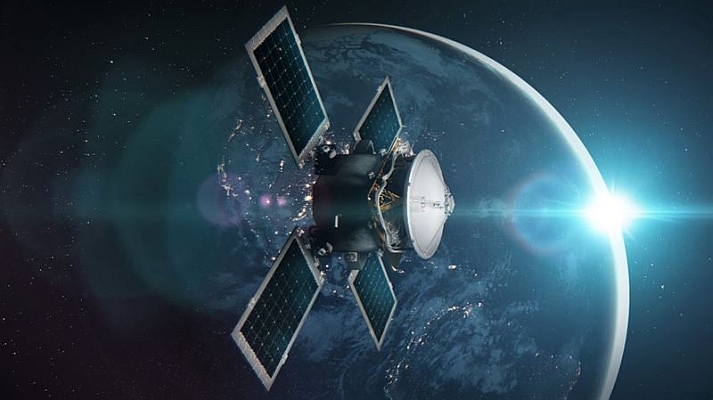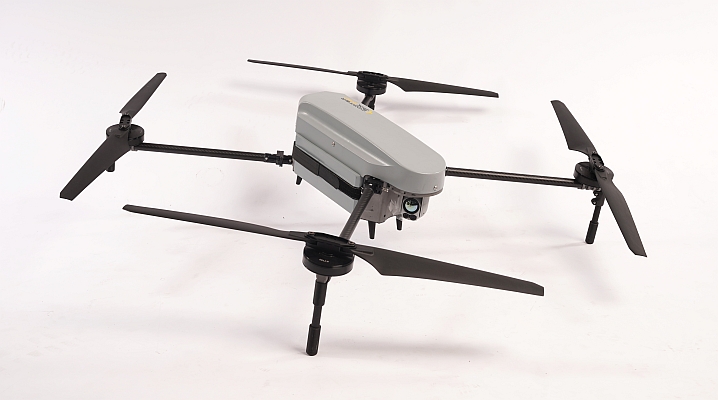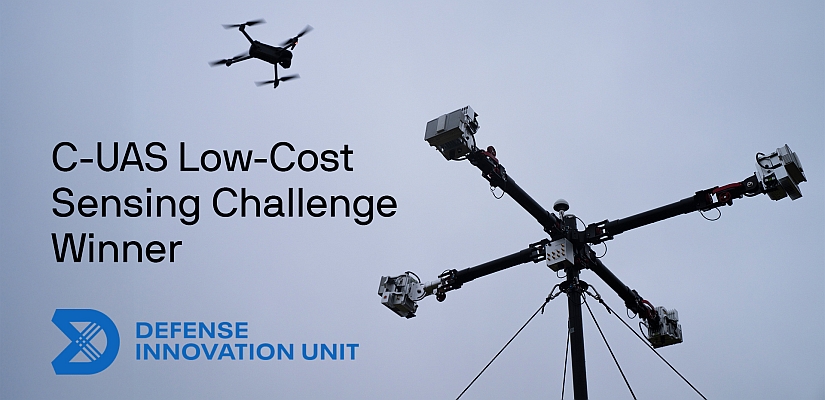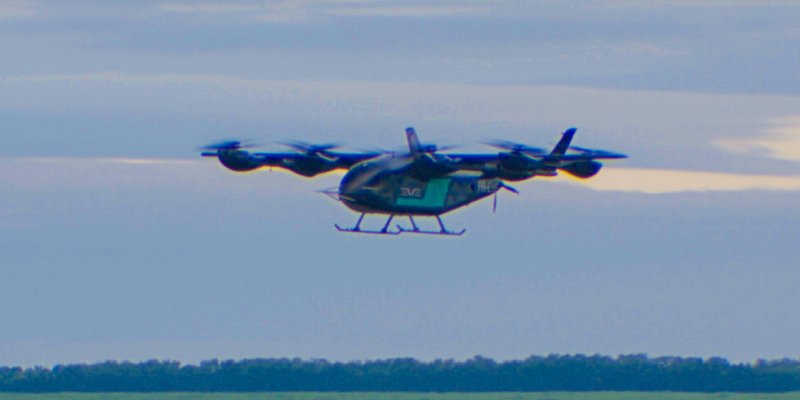 RapidEye, the only geospatial solutions provider to own and operate a constellation of five identical Earth Observation satellites, announced today that the first images of Japan following the tsunami and the preceding 8.8 magnitude earthquake are now available.
RapidEye, the only geospatial solutions provider to own and operate a constellation of five identical Earth Observation satellites, announced today that the first images of Japan following the tsunami and the preceding 8.8 magnitude earthquake are now available.
The Center for Satellite Based Crisis Information (ZKI) which is part of the German Aerospace Agency (DLR) contacted RapidEye shortly following the breaking news of the earthquake and resulting tsunami that hit Japan on Friday. The DLR is a member of the International Charter which is an organization working towards providing a unified system of space data acquisition to those affected by natural and man-made disasters.
The International Charter was activated on Friday by the Japan Aerospace Exploration Agency (JAXA). They will be using all the imagery and resulting analysis to provide as much knowledge about the disaster to the relief and governmental agencies who need it.
If your organization is involved in emergency efforts for this devastating event, please contact sales@rapideye.de for any inquiries regarding the Japan imagery.
Quake moved Japan by 8 feet
Japan’s earthquake appears to have moved the island by about eight feet (2.4 meters), the US Geological Survey said Saturday.
The quake and its tectonic shift resulted from “thrust faulting” along the boundary of the Pacific and North America plates, according to the USGS.
The Pacific plate pushes under a far western wedge of the North America plate at the rate of about 3.3 inches (83 millimeters) per year, but a colossal earthquake can provide enough of a jolt to dramatically move the plates, with catastrophic consequences.
Follow us on Twitter!






